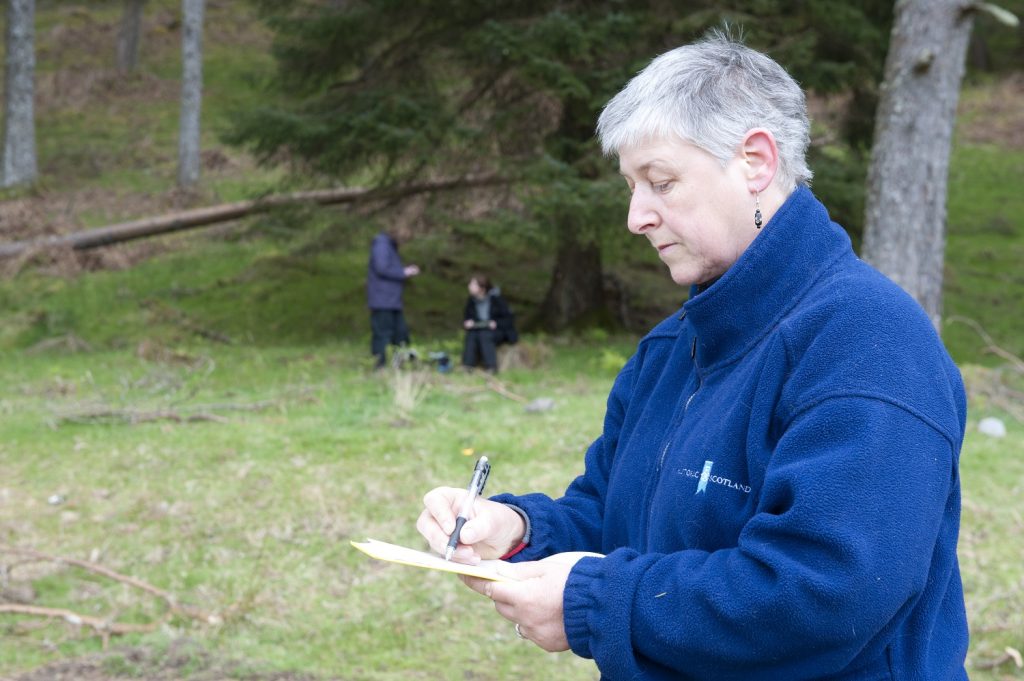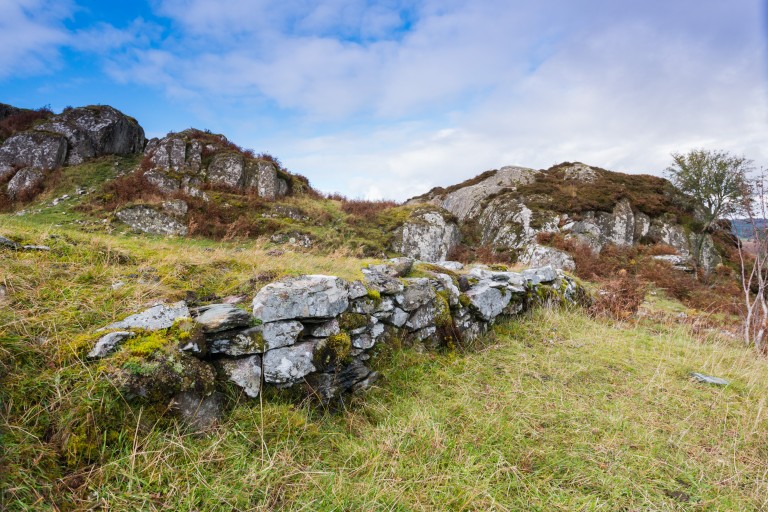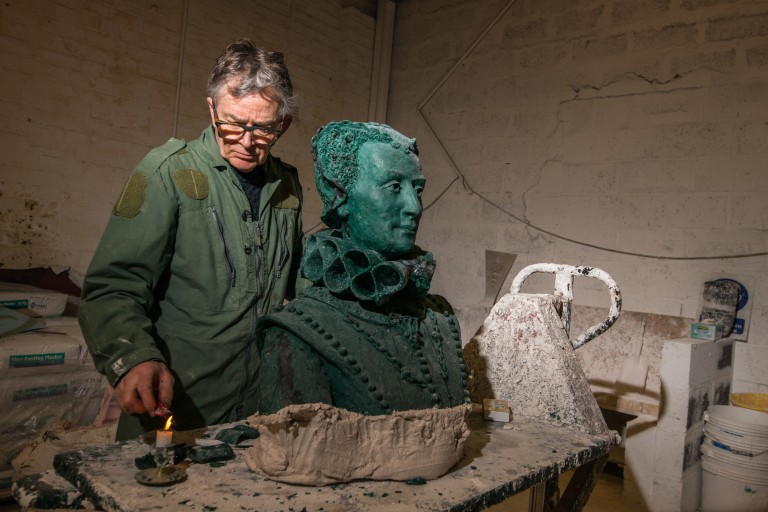In our first Corporate Plan, published earlier in the year, we pledged to help protect and care for Scotland’s historic environment – but we can only do this with the support of other heritage organisations and members of the public. We spoke to one of our Field Officers, Sheila Clark, and NTS Western Isles Manager Susan Bain about the different ways we all need to work collaboratively to protect Scotland’s historic environment.
Sheila Clark, Field Officer for Historic Environment Scotland

“My role consists of recording the condition of Scheduled Monuments and advising owners and land managers how best to look after them, as well as engaging with the wider community, including giving illustrated talks or leading guided walks. I work part-time across Argyll & the Argyll Islands, Stirlingshire & Clackmannanshire, Lochaber, Badenoch & Strathspey.
“As well as working closely with big organisations like the Forestry Commission, we work with individual farmers and land owners to advise them on how to protect scheduled monuments on their land. A recent case concerned a standing stone in Kintyre which fell over, most likely due to severe weather. The owner was understandably quite panicked about this, but I was able to offer him guidance on how to proceed, directing him towards the appropriate grant funding streams, and leading up to the stone’s re-erection.

“Scheduled Monument Consent processes can be daunting for the uninitiated, but we aim to make it as straightforward as possible for owners. The stone was re-erected, having suffered no long-term damage, some months later. As a bonus, we took the opportunity to radio-carbon date material from the foundation socket. The more we know about these monuments, the better equipped we are to protect them.
“I believe the key to long-term conservation lies in engaging with people of all ages and abilities, working to enthuse them about the amazing archaeology that surrounds them. Recently on a routine site visit to a particularly well-preserved Iron Age dun, I found myself giving an impromptu history lesson to eight 5-year-olds and their parents who were gathered for Pancake Day at the adjacent remote farmhouse!”
Susan Bain, Western Isle Manager, The National Trust for Scotland
We caught up with Susan on World Heritage Day this year for a chat about her experience of working on the island of St Kilda, which is managed by NTS with support from organisations including Scottish Natural Heritage, HES and the MOD.
Do you have an #HESstory to share? Send us a tweet, or let us know in the comments below!

